Although it is still a very cold month, sow in January some types of plants that we want to host in our garden are already possible. Obviously, the vegetables that can be sown in the open ground this month, and that are able to withstand precipitation and frosts, are not many. However, by creating the right conditions it is possible to start planning new crops. This is a speech that is valid when we want to sow in January in the open field. As for the sowing in seedbeds, with the appropriate precautions, we can carry out many sowings of vegetables, in order to grow small plants that in the following months we can put directly in the garden.
In this article we see, therefore, which are these plants to put in the open field, during what is one of the coldest months of the year, and which are the plants that should be sown in the seedbed.
When to sow in January
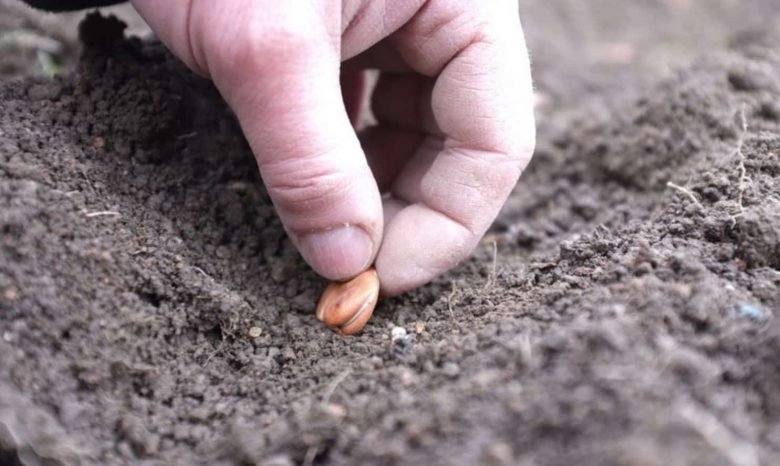
The month of January is traditionally the coldest of the year, a period in which rainfall, even snowy ones, is not lacking. The cold is bitter, as are the soils that easily suffer night frosts. For this reason, sowing directly in the field is not always possible. It is, however, in the event that the rains diminish and the temperatures rise above the seasonal average values. This weather situation represents a climate change more and more frequent in recent years, especially in the southern regions.
The advice, therefore, is that of evaluate the conditions of the ground well of the garden, if it is dry enough to be worked then it is ready for the new sowing.
What and how to sow in the garden in January
For those who have not done so in the previous months, in January they can be sown in the garden Fava beans, peas And garlic. These vegetables share the fact that they have a large seed resistant to low temperatures, therefore capable of germinating even in January. There are two sowing techniques different to sow them in the garden.
Sowing in postarelle
The first technique is that of postarella sowing. It is practiced by making holes in the ground, inside which we will lay the seeds which, therefore, we will cover with earth.
In particular: the broad beans must be buried 2 seeds at a time at a depth of about 5 cm; peas 3-4 seeds to 2-3 cm; single garlic bulbs to 3-5 cm.
The distances to be kept between the holes along the row are 30-40 cm for broad beans, 20-30 cm for peas, 15-20 cm for garlic.
Furrow sowing
The second technique is that of the groove, which is opened in a linear way with the hoe for the desired footage. At this point, the seed is placed at the same distances as the postarelle. The furrow is then covered with earth with a rake. This technique is best in very loose or sandy soils, on heavy ones the postarella is better.
Sowing in the seedbed in January
In January we can start use the seedbed to self-produce the seedlings of the garden. By sowing in this period, we will have our seedlings ready for transplanting into the garden already in February and March. Since January is a cold month, however, it may be necessary to protect our seedbed indoors.
The solutions are different, for example there are those who use balcony greenhouses (like these)those who use the heated seedbed.
This second option is the safest, as it gives us the ability to control the budding and growth temperature of the seedlings.
What to sow in January in a seedbed
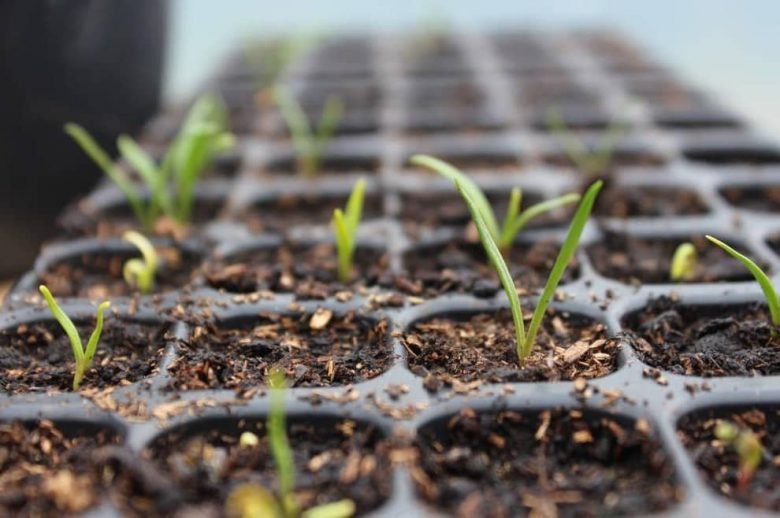
In January, in a protected seedbed, leafy and head vegetables take center stage. For cutting vegetables we have: chard, spinach, turnip greens, chives, rocket, valerianella, cut chicory, parsley, celery.
For those on the other hand: canasta and romaine lettuce, smooth endive, curly endive, chicory.
Sowing tips
Even in winter, seeds need a certain amount of soil moisture to germinate. But be careful not to overdo it with water and, above all, avoid giving ice water to the small sprouts. The advice is to fill the container and dilute the water at home, in a heated environment. During this month, always water in the morning and never in the evening.
After the emergence of the seedlings, the fundamental operation is the thinning.
Examples
Let’s take as an example the salad sown in a seedbed with a honeycomb structure, that is, with single cells. You can initially put more seeds in a single hole, so as to be sure of the birth of the seedling. But as soon as the shoots get longer, leave only one per hole. In this way strong roots will form and the seedling, within 30-40 days, will be ready for transplanting in the field.
If, on the other hand, you have sown spinach, chard or rocket, you can also leave a couple of sprouts in a single position, as they are seedlings that do not develop too much and still grow well coupled.

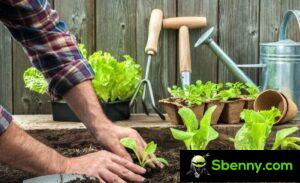
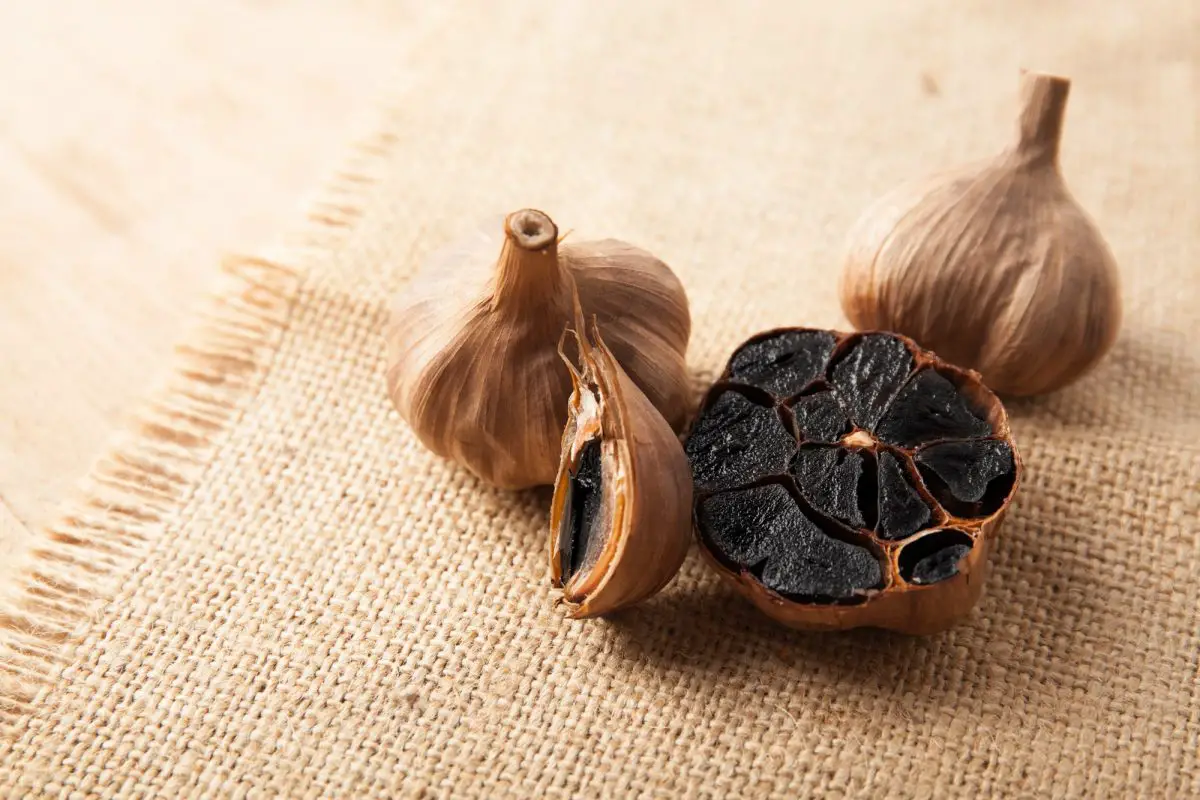
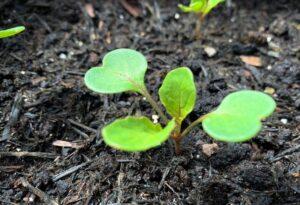
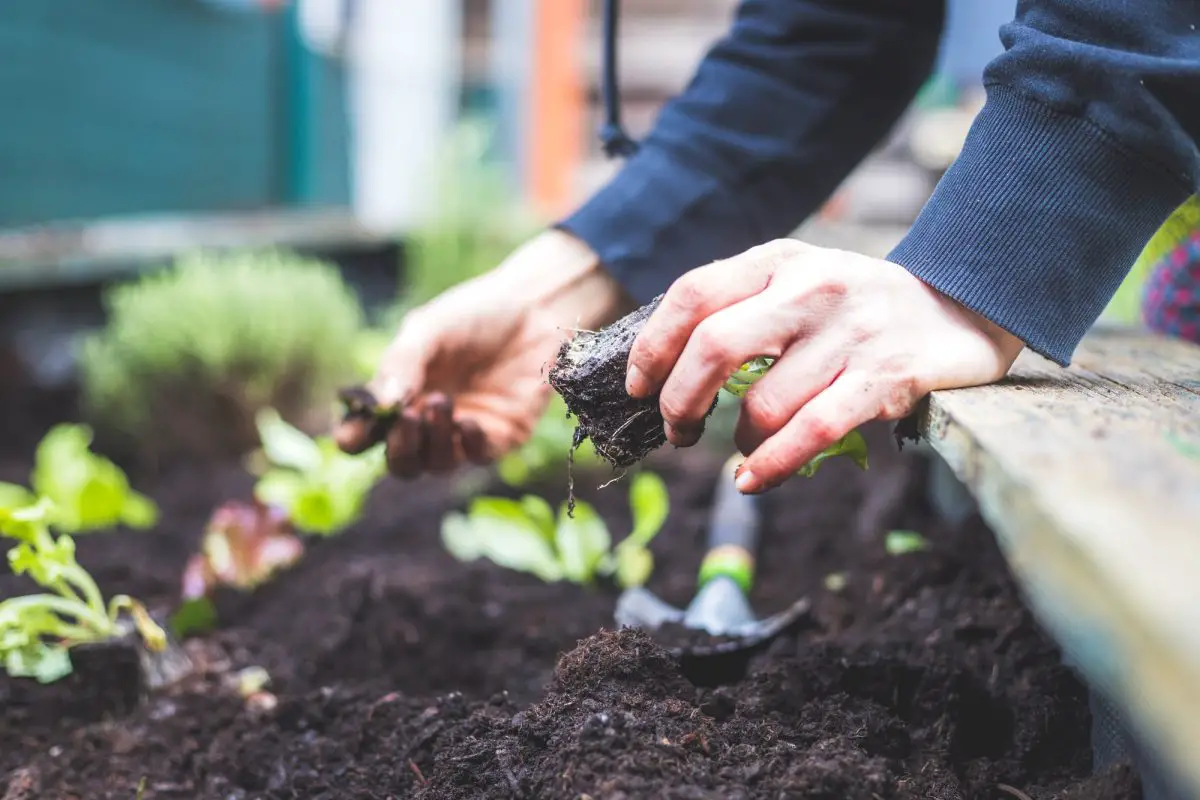
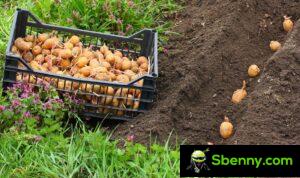
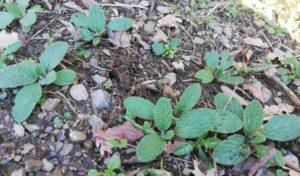
Start a new Thread